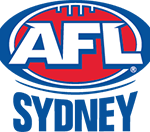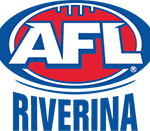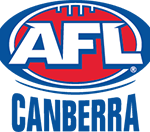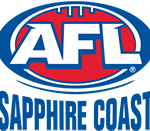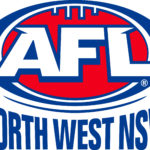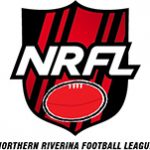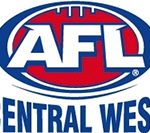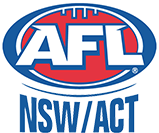Running the rule over pre-season
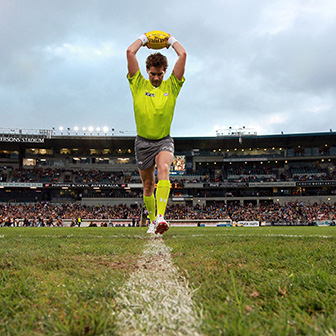
By Stirling Coates
The pre-season has always been a great opportunity for fans to suss out who’s up and coming in their club.
Whether it be that big-name signing from last October or the skinny kid wearing number 46, supporters love watching their players fight hard for a spot in the season proper.
But while the history books are lined with stories of champion players who first turned heads in the NAB Cup, you may not know that many of the game’s laws also got their start in pre-season competition. Here are four laws that made a name for themselves in pre-season football.
1) The Interchange Cap.
The last few seasons have made the interchange bench a confusing place to be.
The substitute rule, the interchange cap and fifty-metre penalties for minor infringements have made the bench feel more like customs than a place to have a breather.
But while you probably have your own opinions about the controversial changes, you’ll be surprised to learn that an interchange cap was first trialled in the NAB Cup of 2008.
In that tournament, clubs were allocated a mere sixteen interchanges per quarter – although they were given eight reserves to choose from. Whilst that interchange cap is quite different to the one in place now, it certainly shows the league was mulling it over for a very long time.
2) Player-determined advantage.
Few things frustrated fans more in the past than the umpire calling back a clear advantage and forcing the player to go back and take the free kick.
So the AFL decided; who better to decide advantage than the players themselves?
Introduced in the 2011 season, the law had some well-publicised teething problems, with many a free kick squandered by a player taking a step too far. Understandable, given the law was only trialled in the 2010 pre-season before being implemented full time.
But a couple of seasons – and a minor interpretation change – later, and this NAB cup graduate has proven to be a roaring success.
3) The Score Review system.
You only need one look to tell that opinion is divided on the score review.
Nobody likes being made to wait forever for a decision, but most agree that when an incorrect call is overturned – the system works. In any case, Australian Rules football is one in a long line of sports to recently adopt video replay technology.
The AFL implemented the score review in 2012, but such a system had been trialled way back in the NAB Cup of 2007. It took the AFL a while before they were comfortable with implementing it full-time but, like it or not, the system looks set to stay for the long haul.
4) Deliberate Rushed Behinds.
Hawthorn’s extremely defensive tactics in the 2008 Grand Final had the footy world talking for the entire summer.
The AFL picked up on the chatter quickly, adding a law that saw teams penalised severely for unnecessarily rushing behinds.
The AFL were obviously happy with how the rule worked in the 2009 pre-season, because it was introduced for the season proper that very year.
Very few deliberate rushed behind free kicks have been paid over the law’s life, but fans certainly agree the law’s been an effective deterrent.
Players no longer have an easy out in their back half, and many therefore credit the law with cultivating the exciting ‘slingshot defence’.
